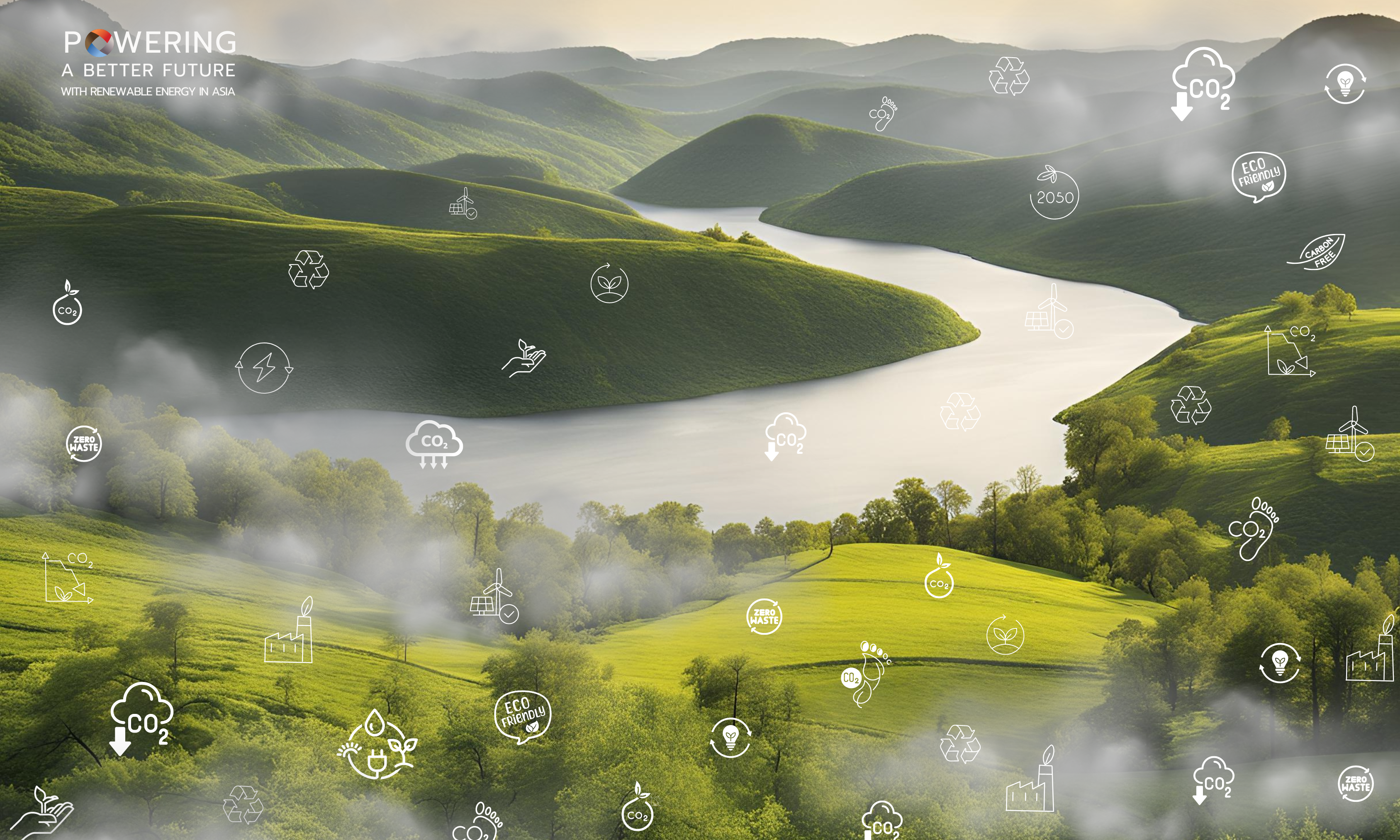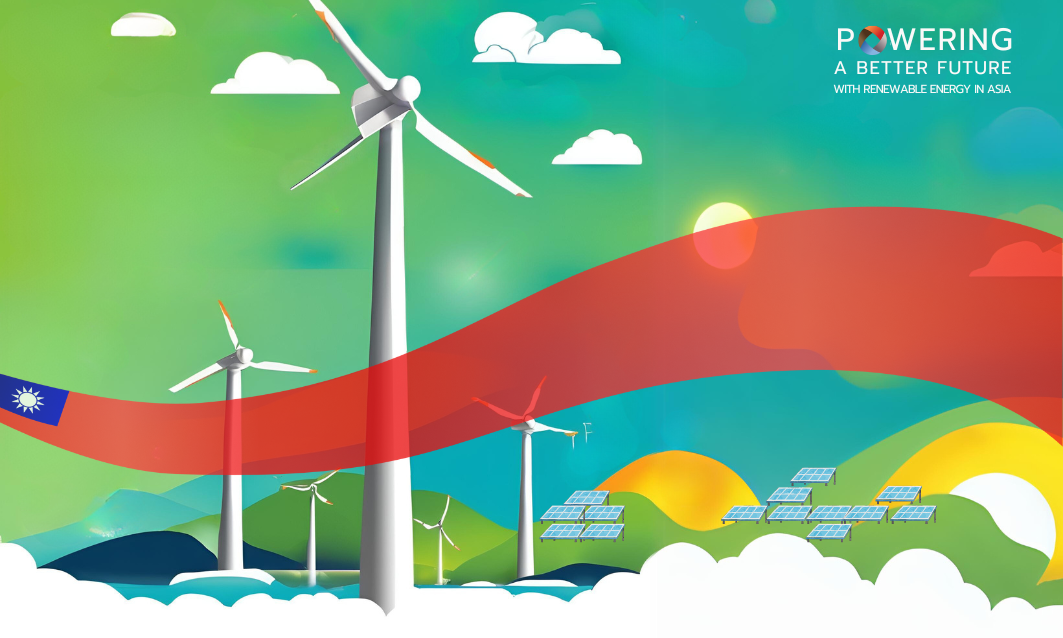Articles
Carbon Credit: A New Asset on a Day When Everyone Needs to Work Together to Protect the Planet
30 August 2024

Global warming and climate change have reached a state where serious methods and processes are needed in order to prevent the global environment from reaching an irreversible point.
In an effort to prevent and mitigate its impact on the environment as much as possible, businesses and organizations cannot solve this world’s issues alone. Consequently, “carbon credit” has been established as a new asset in a world where the environment is a priority. With carbon credits, businesses and organizations can exchange and give support to protect the planet together.
What is Carbon Credit?
Carbon credit is what businesses and organizations earn from the difference in the amount of greenhouse gases that can be reduced or sequestered against the set criteria.
Every year, businesses and organizations set appropriate criteria for the emission quantity of carbon dioxide and other greenhouse gases. However, not all organizations can immediately adjust and reduce their emissions to the required criteria.
Therefore, carbon credits are established to allow organizations that can reduce greenhouse gases to assist those that cannot by trading carbon credits to offset the excess emissions.
Where does carbon credit come from?
The carbon credits are acquired from the greenhouse gas emissions reduction of organizations. This is assessed based on the potential impact on global warming, using carbon dioxide (CO2) as a standard measure or carbon dioxide-equivalent (CO2e). CO2e is a metric used to compare the emissions from various greenhouse gases based upon their global warming potential. The reductions must be validated according to official regulations or methods that are recognized or comparable to international standards.
In Thailand, Thailand Greenhouse Gas Management Organization (TGO), a public organization under the Ministry of Natural Resources and Environment, is a responsible agency for analyzing, screening, and approving projects.
Organizations will receive carbon credits through projects that reduce or sequester their greenhouse gases, for example:
- Increase the use of clean energy, e.g., solar or wind power.
- Change boiler fuel from fuel oil to biomass and wood pellets.
- Change delivery vehicles from fuel-powered to electric.
- Plant more trees and expand forest areas to absorb greenhouse gases.
- and other projects that help organizations reduce their greenhouse gas emissions.
The carbon credits earned by organizations not only demonstrate their ability to reduce greenhouse gas emissions but they can also be traded on the carbon credit market.
Carbon Credit Market
Carbon Credit Market is an intermediary place to buy and sell carbon credit and use market mechanisms to help address greenhouse gas emissions to the environment.
This makes carbon credits obtained from reducing greenhouse gas emissions have a real value.
In the future, when Thailand enacts laws to support organizations still transitioning to reduce greenhouse gases but have not yet met their target, these organizations will be able to offset emissions that exceed legal limits. Additionally, they can surpass their voluntary target by using carbon credits from other organizations.
Furthermore, organizations can sell carbon credits to those in countries with established laws certifying carbon credit use.
The carbon market is divided into two categories:
Mandatory Carbon Market
A mandatory carbon market is established through legal requirements for greenhouse gas emission reductions, with laws and regulations clearly defining the rules, procedures, and trading details.
Organizations participating in this market must meet legally binding targets. Those who fail to meet these targets will face penalties, while those who achieve them will receive benefits as specified by law.
Voluntary Carbon Market
A voluntary carbon market is formed through the voluntary participation of organizations without mandatory greenhouse gas control laws.
Organizations may set their own voluntary, non-legally binding targets to achieve their environmental goals.
Benefits of Carbon Credit and Net Zero Goals
Carbon credits and the joint carbon credit market have emerged as a global mechanism to mitigate environmental impacts. This system allows organizations to trade carbon credits, helping achieve overall greenhouse gas reduction targets within society.
It also gives real market value to carbon credits generated from emission reductions. This encourages organizations that can reduce their greenhouse gas emissions early to enjoy business benefits while achieving environmental targets.
A key global environmental goal is to reduce greenhouse gas emissions to zero. This involves ‘balancing’ emissions from all human activities, not just business operations, by reducing carbon emissions as much as possible and offsetting remaining emissions through various means, such as carbon capture or supporting projects that reduce emissions elsewhere.
Carbon credits and marketplaces facilitate this by promoting carbon reductions and offsets across businesses and organizations, while supporting those still transitioning to lower their emissions.
Ultimately, to achieve the Net Zero goal no single government, business, or organization can do it alone. A mechanism that drives and encourages all sectors to work together sustainably is needed.
Source: https://www.tei.or.th/th/article_detail.php?bid=129https://www.greennetworkthailand.com/carbon-credit-and-carbon-footprint/
https://www.greenpeace.org/thailand/story/24335/climate-emergency-what-is-net-zero/





